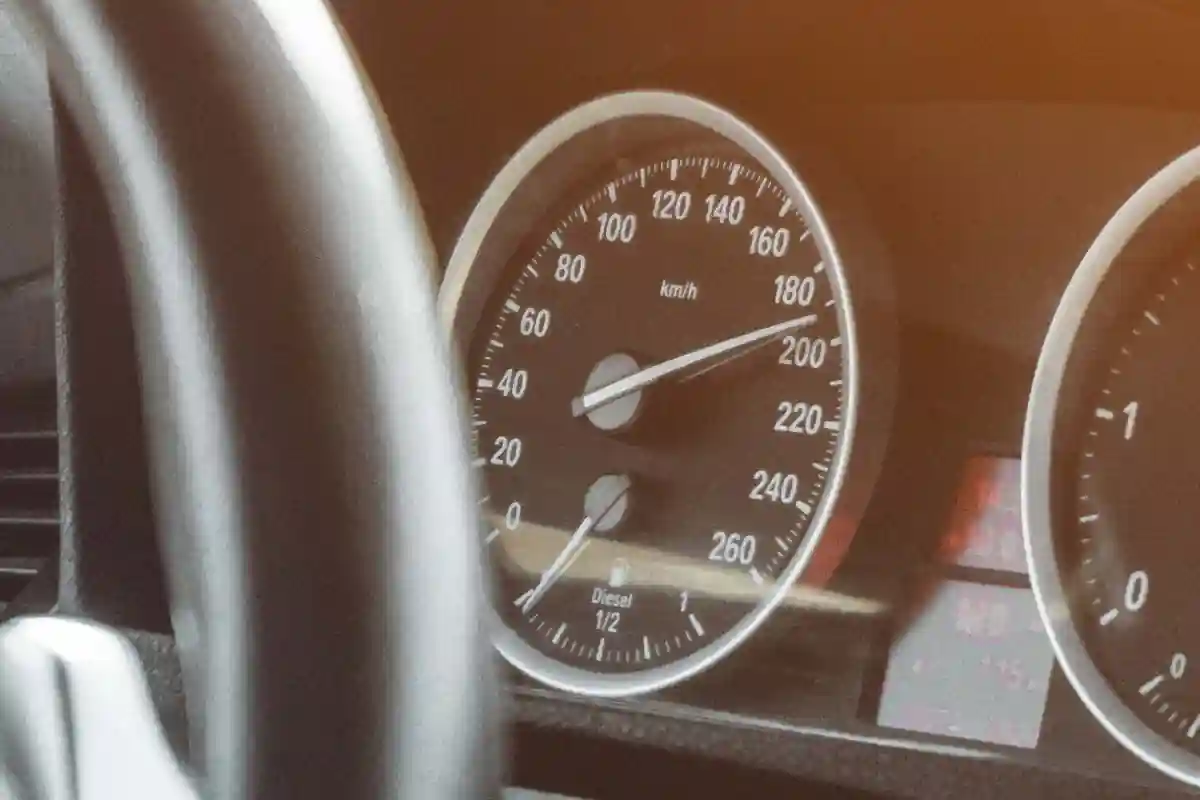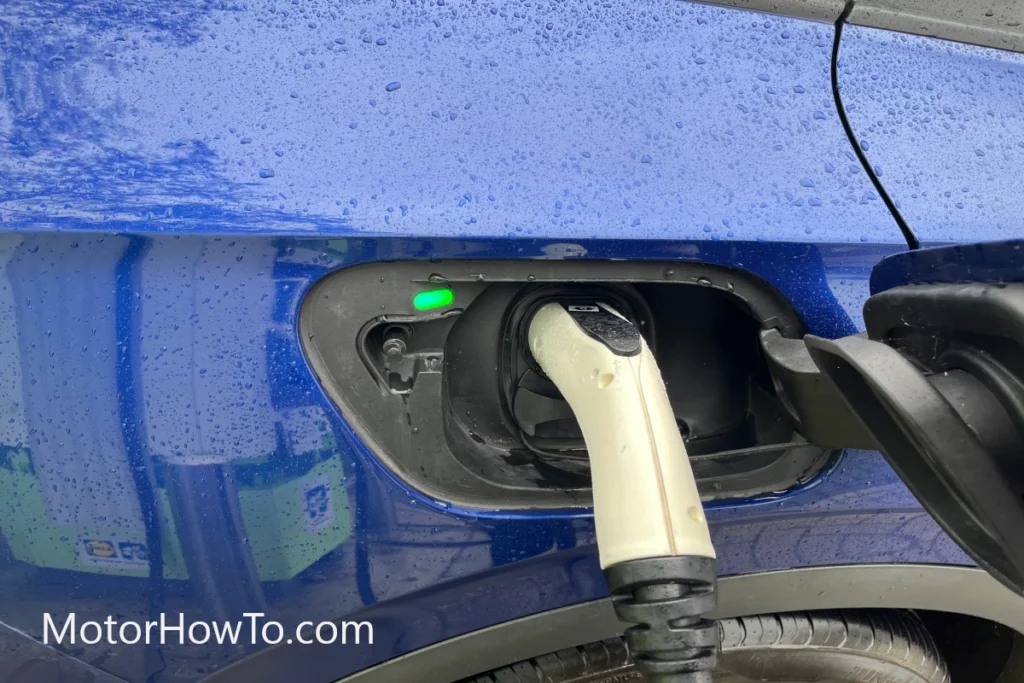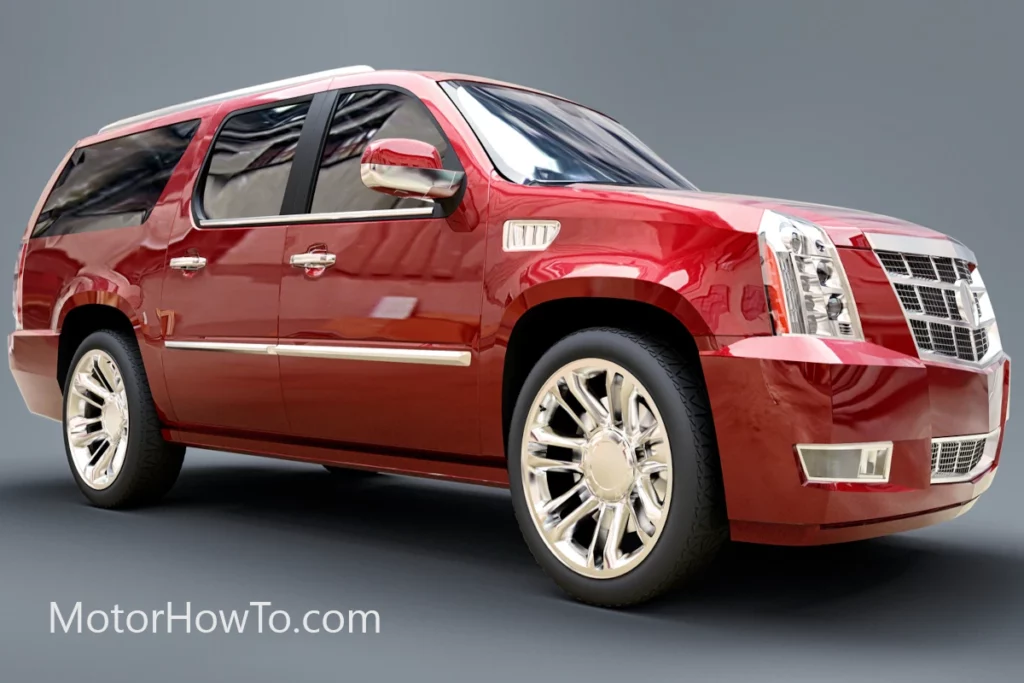Speedometers are amazing tools that are capable of making life safer and easier for us while we are driving our cars.
As you already know by now, speedometers are capable of capturing the speed at which our cars are moving through the use of a neat little sensor found somewhere in the car’s transmission.
This little sensor is what’s responsible for knowing how fast our cars are going.
But which sensor is used in a speedometer?
The sensors used by speedometers are usually magnetic or optical sensors. Both magnetic and optical sensors function the same way in the sense that they are capable of keeping track of “pulses” every time a gear in the transmission spins. These pulses are then sent to the ECU to calculate the vehicle speed.

Speedometers have gone a long way from the time when they were quite mechanical in the way they function.
Today, speedometers are digital in the sense that they use modern digital technology in the form of sensors to know how fast the vehicle is going.
So, if you want to understand how that works, let’s get to know more about the sensors that speedometers use and how they are capable of telling exactly how fast the vehicle is going.
Where is the sensor in a speedometer?
The technology used in our cars has gone a long way from the early days of the automobile.
Back in the day, our cars used a mechanical way of telling the speed at which the vehicle is moving.
The speedometers back then used wires, gears, and magnets that allowed the dial on the speedometer to tell how fast the car was moving at any given moment.
Today, the speedometer has become electronic and digital in the sense that it doesn’t work that way anymore. In today’s world, speedometers make use of sensors that are capable of basically capturing how fast the vehicle is moving.
However, you might be wondering how sensors are capable of doing that. As such, where, in the car should the sensors be located so that they can actually accurately tell how fast the vehicle is moving at any given moment?
In that regard, the sensors that tell how fast the car is moving are located in the transmission of the car. That’s because this is where the sensors are capable of accurately capturing the speed of the car through capturing the speed at which gear in the transmission is moving. You will understand later on how this works.
Which sensor is used in the speedometer?
Now that we have discussed that today’s speedometers use sensors that are located in the transmission, let us now look at what kind of sensors are used by this system so that we can understand how speedometers work.
So, basically, different speedometers use different types of sensors but they essentially work the same way when it comes to how the system works from an overall perspective. It really depends on the car and on the manufacturer.
Magnetic Sensors
The first type of sensor used is the magnetic sensor, which was the one that overtook the older type of mechanism used by the speedometer.
This is basically a sensor that is capable of capturing magnetic waves through the use of magnetic technology.
Optical Sensors
Meanwhile, the second sensor used is an optical sensor. Unlike magnetic sensors, optical sensors use optical technology to capture the speed at which the car is moving.
Think of this technology as something similar to the optical tech used in our DVD or Blu-ray players that use optics to capture the data in discs.
Even though the way that magnetic sensors and optical sensors function are quite different from one another, the way they are being used in the speedometer is basically the same when it comes to the entire system of how today’s speedometers work.
How does the speedometer sensor work?
All that said, how do the sensors fit into the entire system of the modern speedometer and what do these sensors do when they are capturing the speed at which the vehicle is moving?
So, in that regard, let’s discuss how speedometer sensors work so that you would understand how accurate and amazing these sensors are.
As mentioned, speedometer sensors are located in the vehicle’s transmission. The reason for this is that there is a gear, or magnet that is located in the car’s driveshaft.
So, as the car moves, so does the gear or magnet. This is where it gets interesting.
While the car is moving and the gear or magnet located in the drive shaft is moving in accordance with how fast the car is moving, the gear or magnet sweep past the sensor that the car is using to detect the speed of the vehicle.
If the car is using an optical sensor, what happens is that the gear that is moving past the optical sensor will disrupt the light that the sensor sees. Every time the light is disrupted, the sensor will record it as a pulse, which is directly sent over to the engine control unit or the ECU, which is the car’s central computer.
On the other hand, the magnetic sensor uses the same principle as well.
Every time the magnetic passes by the magnetic sensor, there will be an electric current that the sensor will record as a pulse. Of course, the pulses will be sent over to the ECU as well.
So, what happens here is that the sensors are capable of capturing the time differences between each pulse that they received.
And such pulses are then sent over to the ECU so that the car’s central computer will now be responsible for calculating the speed at which the car is moving based on the time difference between each pulse.
Of course, the equation that the ECU uses is calibrated based on the size of the car’s tires.
That means that every equation or formula on each car differs depending on the size of the tires but the pulses that are recorded in the ECU are generally similar.
Essentially, the shorter the time between each recorded pulse is, the faster the car is moving.
And these sensors are so advanced that they can pick up the pulses the moment the gear or the magnet passes through the sensors.
Of course, they also simultaneously send the signal over to the ECU, which will instantly calculate the speed at which the car is moving and allow it to reflect on the speedometer that’s located on your car’s instrument panel. That’s basically how modern-day speedometers work, and the entire system happens almost instantaneously the moment the sensors pick up the pulses.



